I Am Your Baby
I grow best with love and the right food.
- I need breast milk or formula with iron until I turn one. You can still breastfeed me after I am one year old.
- I know when I am hungry or full. I let you know by the way I act. Please feed me when I act hungry. Let me eat until I am full.
- I will have a growth spurt around 6 months. I might nurse more often or longer.
- I am growing fast. If I take breast milk or formula from a bottle, there might be times I drink more than 4 ounces at a feeding.
- When I am about 7 or 8 months old, help me learn how to drink from a cup. Offer a cup with breast milk, formula, or water at meals and snacks.

With Your Help I’ll Learn to Eat Foods
When I’m about 6 months old, I can start to eat solid foods. Please go slowly.
If our family has allergies or I was born early, talk to my healthcare provider or WIC before I start solid foods.
Be Sure I’m Ready
To eat solid foods, I must be able to:
- Sit up and hold my head steady.
- Show I want food by opening my mouth or taking it from a spoon.
- Show I don’t want food by closing my mouth or turning my head away from you.


I Will Go Through 4 Stages of Foods:
1
Smooth: strained or puréed

2
Mashed: smooth with some tiny lumps
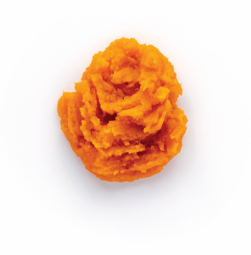
3
Chopped: more lumps
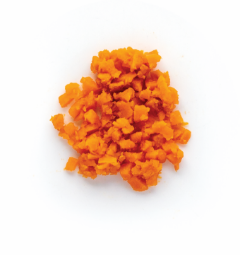
4
Pieces of table foods
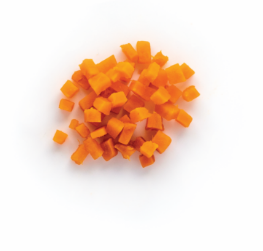
Make My First Food a Single Food
- Give me only one new food at a time. This helps me adjust to new foods.
- Make it thin by adding breast milk or formula. You can gradually make it thicker.
- I might eat about a teaspoon to start with and then more as I get used to eating from a spoon.
Wait at least 5 days before trying another new food.
- Build on the foods I tolerate. Offer what you know I like along with a new food. I will like the variety.
- Watch for signs of food allergies like vomiting, wheezing, diarrhea, skin rash, or swelling. If I have a reaction to a new food, call my healthcare provider or take me to the emergency room.
I Need to Eat My Way
- I’ll open my mouth if I want more food.
- I’ll keep my mouth closed or turn my head if I don’t want more food; don’t force me to eat.
- I might spit food out or make a face. I’m learning new flavors and how to move food around in my mouth.
- If I don’t like something, wait a week and let me try it again. I might need to try a new food 10 times before I like it!
- I’ll get food on my hands, face, and in my hair. Try not to stress about the mess. Be proud of me as I learn to eat.
- Let me feed myself with my hands or a spoon. I use my jaw to mash food and my tongue and fingers to move it in my mouth.
- Eat with me at our family meals. I eat better when you are with me. Let’s turn the TV and cell phone off so we can talk.
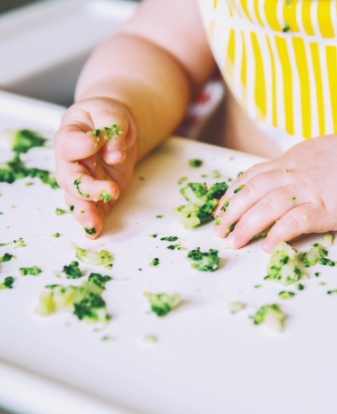
Let Me Eat Food With My Fingers
By 8 or 9 months, I might want to eat food with my fingers. You may still need to use a spoon to feed me, but let me try to feed myself, too.
Make foods safe so I won’t choke on them.
Safe “finger” foods are:
- Tiny pieces of cooked vegetables or soft fruit
- Tiny pieces of cooked meat, chicken, or turkey
- Mashed cooked beans, egg yolk, or tofu
- Chopped noodles or rice
- Bite-size pieces of toast, plain crackers, or soft tortilla
- Make pieces of food no bigger than your thumbnail.
How much should I eat?
I need to eat about 5 or 6 times a day. A meal might be breast milk or formula, or a meal might be breast milk or formula plus infant cereal. Start with 1 or 2 tablespoons of each food. Give me more if I want it. I may not eat everything on my plate. As I start eating more, you can give me 2 or 3 foods at a meal.
Here are some ideas:
6 - 8 Months
2 tablespoons pureed peaches

3 tablespoons baby oatmeal cereal
8 - 10 Months
3 tablespoons mashed peas
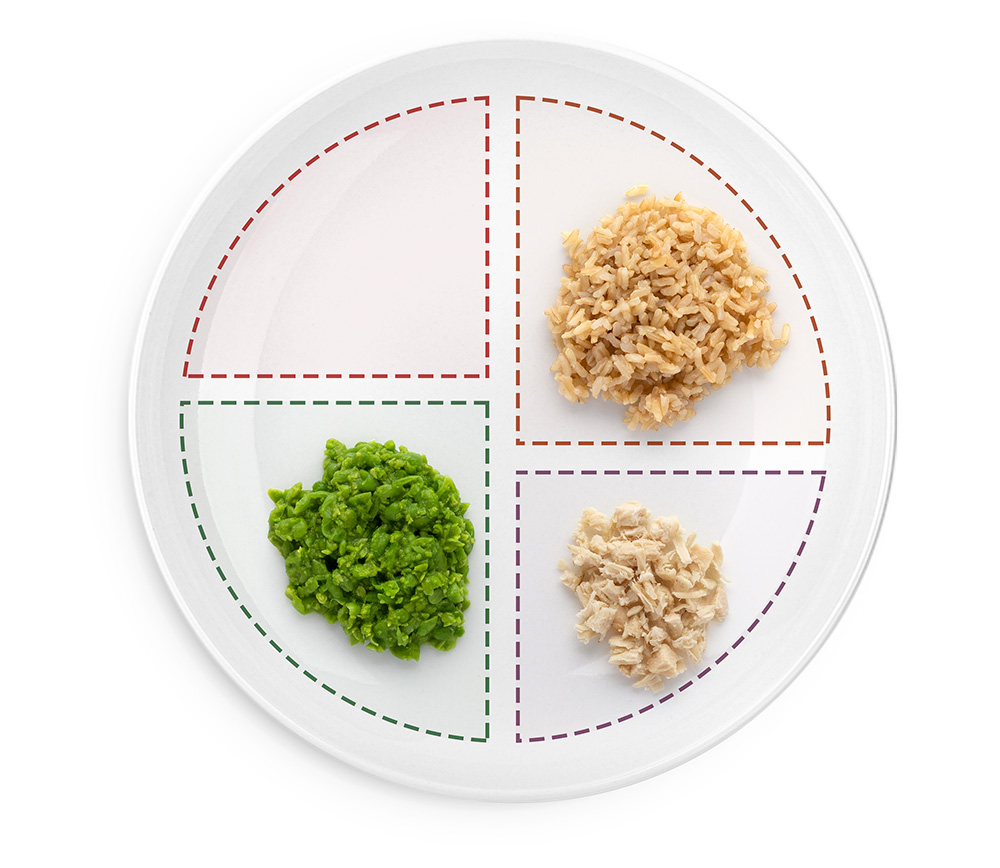
3 tablespoons cooked brown rice
1 tablespoons baked, chopped chicken
10 - 12 Months
2 tablespoons diced avocado

3 tablespoons cooked, chopped whole grain pasta
Let me eat until I show signs I’m full. I might close my lips, turn or shake my head, or raise my arm. Ask me if I’m full. Then, let me stop eating if I want to.

Time for a Cup
When I turn 6 months old, you can give me a small amount of water as I learn to drink from a cup.
Food Safety
- We need to wash our hands before making my food or feeding me.
- Put my food in a small dish and feed it to me with a baby spoon.
- Throw out any food, breast milk, or formula left in a bottle, cup, or dish after I eat.
- Don’t heat my food in a microwave. It could burn my mouth.
Foods To Avoid
I need food that is right for my age and will help me grow best.
I don’t need added sugars, salt, fat, or additives. Wait to offer juice until I am at least 12 months old.
- Raw vegetables
- Bacon
- Whole grapes
- Fish with bones
- Potato, corn, or tortilla chips
- Popcorn
- Hard candy
- Nuts
- Hot dogs
- Meat sticks
Also, please don’t give me foods that could make me sick, like:
- Cow’s milk
- Rare or raw meats
- Honey or food made with it. Honey sometimes contains bacteria (Clostridium Botulinum) that can make babies sick. I shouldn’t have honey until I’m at least 12 months of age.
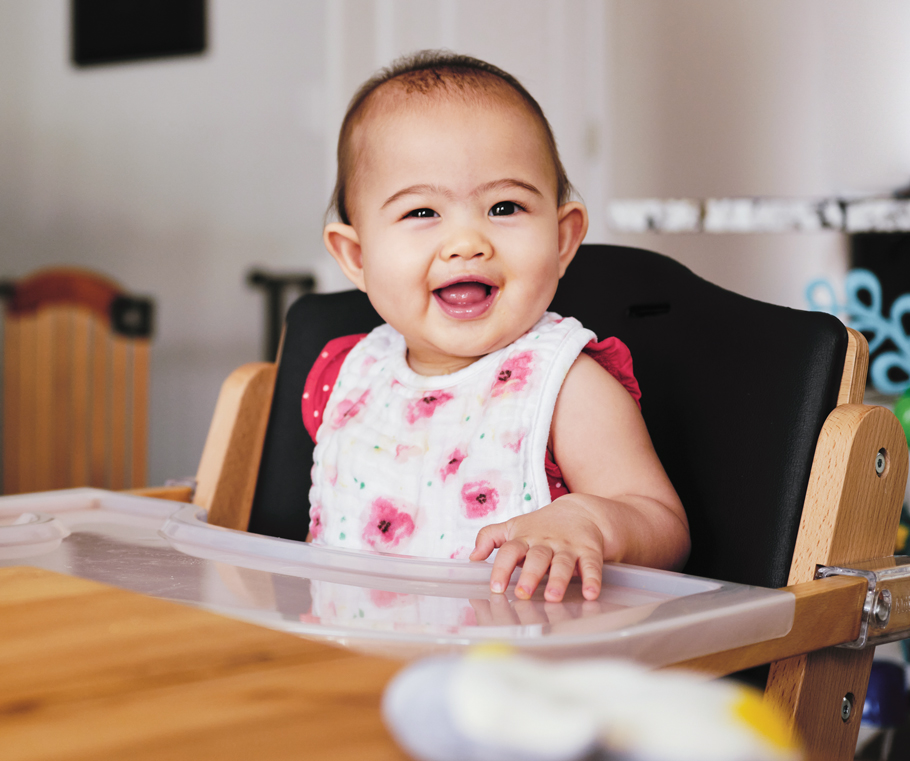
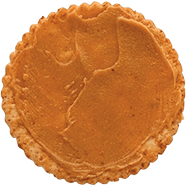
Play with me!
Put me on a blanket on the floor. Put a toy just out of my reach so I can move to get it. Roll a ball to me. Hold both my hands and let me walk with you.
Look what I can do!
I love to learn from you. Read to me. Sing a song. Let’s play games like peek-a-boo. Take me for a walk and show me new things. I’m active — keep an eye on me!
I can sit up and roll over.
I’ll start to creep and crawl.
I like to shake things and drop them to see what happens.
I like to use my hands.
I can hold my cup.
I like to point and wave bye-bye.
I say da-da and ma-ma.
I can pull myself up to stand.

Keep Me Safe and Healthy
- I need check-ups and shots to stay healthy. I should visit my healthcare provider at 6 months, 9 months, and 1 year of age.
- Clean my gums and teeth with a clean, wet, soft cloth after I eat. Ask the dentist if I need fluoride.
- Never put me to bed with a bottle. I could choke, get an earache, or damage my teeth.
- If other people feed me, be sure to ask what and how much I eat.
- Let me explore and learn. See each room like I will, from the floor, and make it safe for me.
- Keep me away from cigarette, tobacco, and all other smoke or vapor. Smoke hurts my lungs and can make me sick.
- Buckle me into an infant car seat before we ride in a car. It’s the law! Install my seat in the car’s back seat, rear-facing.
For additional support, contact your local WIC Breastfeeding Peer Counselor or designated breastfeeding expert for breastfeeding questions.
